The story of the indomitable polar explorer Peter Freuchen, who was saved from death by feces
Categories: Celebrities | History | Travel
By Pictolic https://pictolic.com/article/the-story-of-the-indomitable-polar-explorer-peter-freuchen-who-was-saved-from-death-by-feces.htmlIn the glorious cohort of reckless daredevils, the Dane Peter Freuchen occupies a special place. This man, who explored the North, was admired by the whole world at the beginning of the 20th century. Probably, the polar explorer himself would not be able to remember all the cases when he was on the verge of death. But the indomitable will and incredible resourcefulness helped Freuchen to emerge victorious from the most hopeless situations. True, it was not without serious losses, but this did not cool the traveler's ardor at all.

His father wanted Peter to become a doctor. The guy even enrolled in a medical university, but almost immediately dropped out. For the sake of adventure. Peter Freuchen lived most of his eventful life in Greenland. He explored the geography and nature of the ice island, as well as studied the way of life and customs of the Inuit — its indigenous population. Even Freuchen's first wife was an Inuit. He met her during an expedition, and their marriage lasted 10 years.

The spouse gave the traveler two children. Unfortunately, they were not destined to live together all their lives — the woman died from complications of the flu. After that, Freuchen was married twice more. Despite the fact that Peter loved women and enjoyed success with them, he did not want to sit near the skirt. The Dane was incredibly easy to climb and never refused to visit places where no human foot had yet set foot. By the way, the first wife has been with Peter on many dangerous expeditions.

Peter Freuchen accompanied Knut Rasmussen on his four-month expedition to Greenland. The researchers made several important discoveries, the most sensational of which concerned the Land of Piri. For almost a century, everyone thought it was an island. But Rasmussen and his companions proved that there is no strait between this piece of land and Greenland, and the "island" is actually a peninsula. At that time, the travelers covered more than 1000 km.

After the historical expedition, Freuchen visited the north-east of Siberia. Then he went to explore the deserts and savannas of South Africa. But even the most exotic hot countries could not replace snow, ice and cracking frosts of high latitudes for a Dane. He always returned to the north and began to study it with renewed vigor.
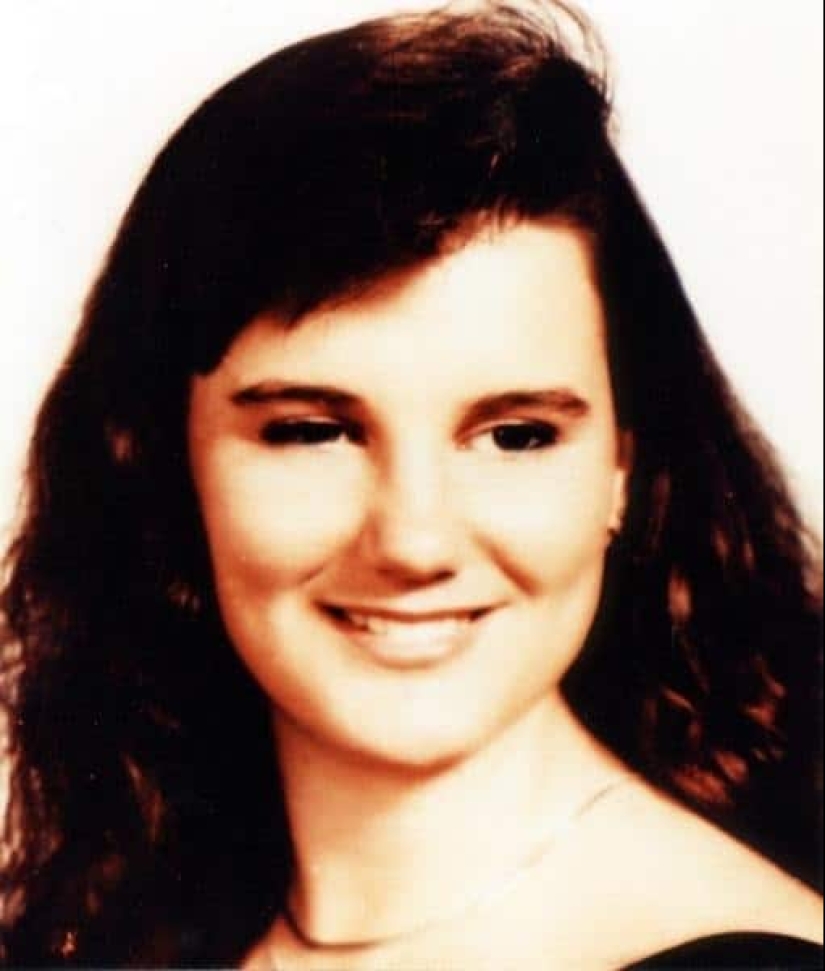
Not all of Freuchen's expeditions went smoothly. Crossing Alaska in 1926, the traveler got into a prolonged snowstorm. At first he thought he could wait her out under his sled. He took the load off the sled and hid under them. But the hurricane did not think to subside. Therefore, Freuchen had no choice but to get comfortable. Peter dug a cave in the snow and closed the entrance with a sled.

But after a while it became clear that the snow cave could become a grave. The snow continued to fall and Froichen decided to get out. The snow drift in the cold and wind turned into a monolith and it was impossible to break through the exit with your hands. All the tools were carelessly left upstairs, near the sleigh, and it remained to rely on improvised means and ingenuity. Without thinking twice, Peter made a kind of chisel out of his excrement.
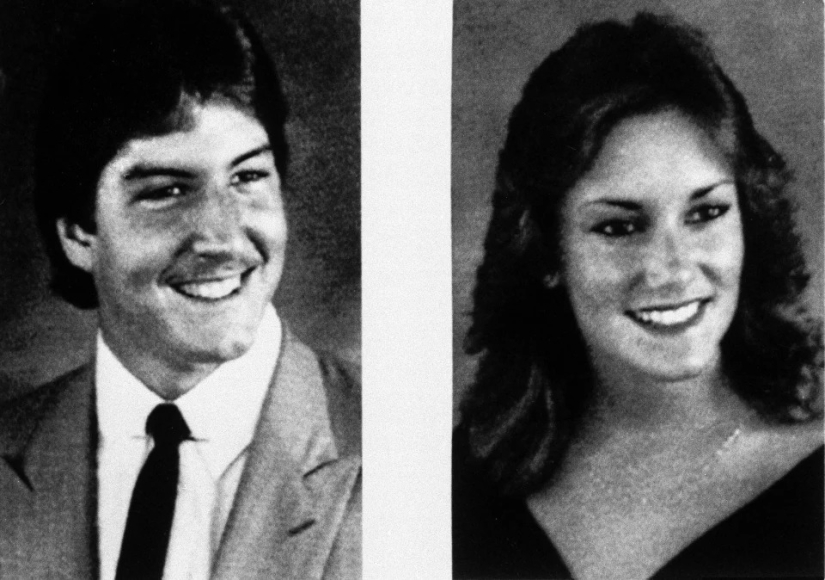
The unusual tool hardened in the bitter cold and Froichen was able to break out with it. With great difficulty, the polar explorer got to his camp, having managed to freeze his feet on the way. Fearing that gangrene would begin, Freuchen independently amputated his most affected toes. No painkillers, no surgical instruments at Peter was not there, and he made do with strong whiskey and his knife.
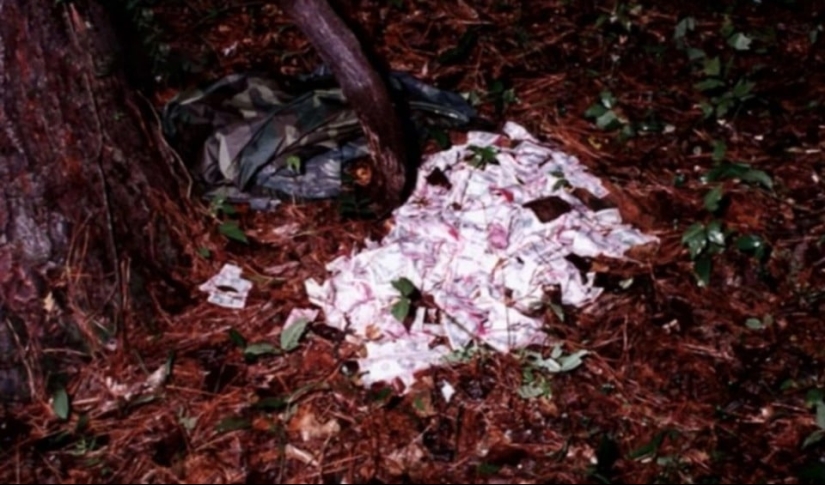
Decisive actions saved Freuchen's life, and he was able to reach civilization. But gangrene could not be avoided, and doctors cut off the hero's leg, which he got rid of his fingers in the wilderness. What should a one-legged explorer of snowy deserts do? Of course, to write books and give lectures at universities. But such activity was not to Peter's liking. Barely recovering from the operation, the researcher ordered a wooden prosthesis and began to prepare for a new expedition.

It was the beginning of the 30s, when cinema was actively developing. Freuchen decided not to fall out of the trend and went to shoot a movie in Greenland. It was the first ever film about Inuit life. Later, the researcher crossed the cinema more than once. He has advised directors on Arctic issues several times, and in one film even played a minor role of a ship's captain.
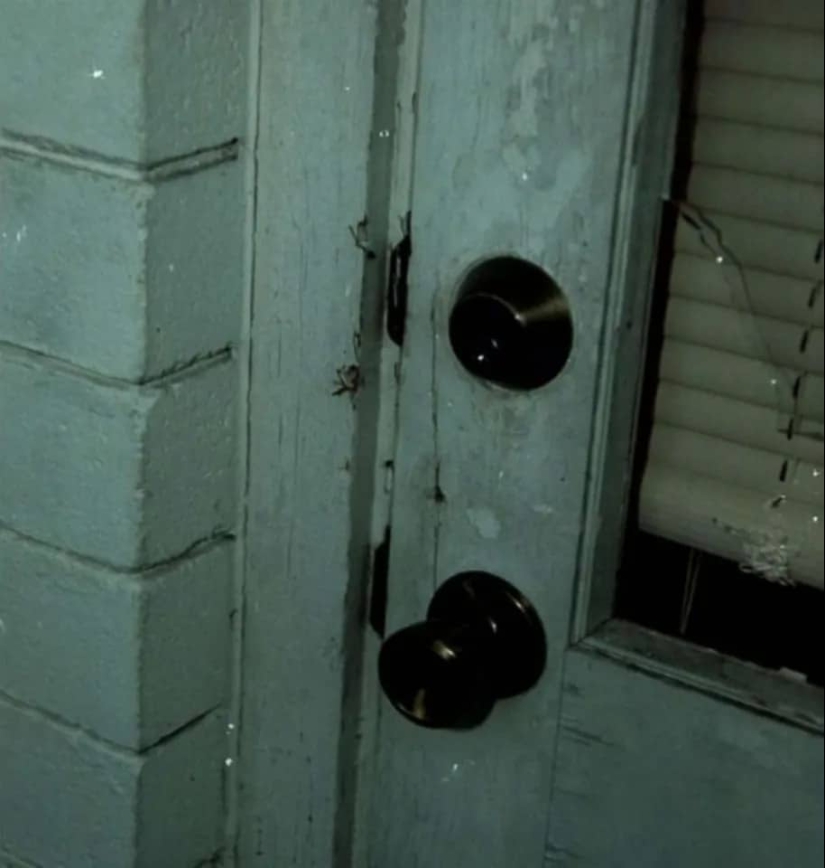
It seems that it was impossible to find a more energetic and at the same time busy specialist in northern latitudes. But strangely enough, Freuchen managed to work in Denmark. He founded the Danish Travelers Club in 1938, which is still active today. In parallel, the traveler publishes several books about Greenland and the Inuit and holds conferences. Freuchen also manages to speak out against the church, publishing articles about atheism, and, attention, publishing a women's magazine!

The brave polar explorer had his own scores with the church. He was never a religious person, but his first wife, the Inuit Mekupaluk Navarana, was distinguished by piety. When she died, Freuchen decided to bury her in a Christian cemetery. But the clergy refused the husband to fulfill his wife's last will.
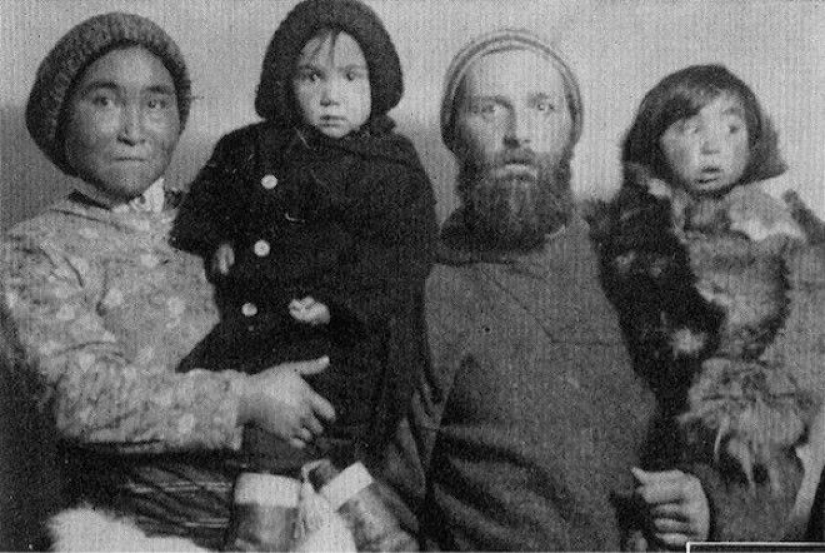
At that time, Inuit, even baptized, were considered second-class people. However, as well as many other representatives of the indigenous population in different places of the planet. Because of this incident, the churchmen made an intelligent and irreconcilable enemy, who no longer missed the opportunity to throw a stone at them.
The beginning of the Second World War found 53-year-old Peter Freuchen in his native Denmark. Without a moment's hesitation, he joined the ranks of the Danish resistance. The one-legged scientist did not give himself any indulgences here, performing dangerous and difficult tasks on a par with young anti-fascists. As a result, Freuchen was captured by the Nazis. Despite the respect for the Dane's services to humanity, the Germans sentenced him to death.
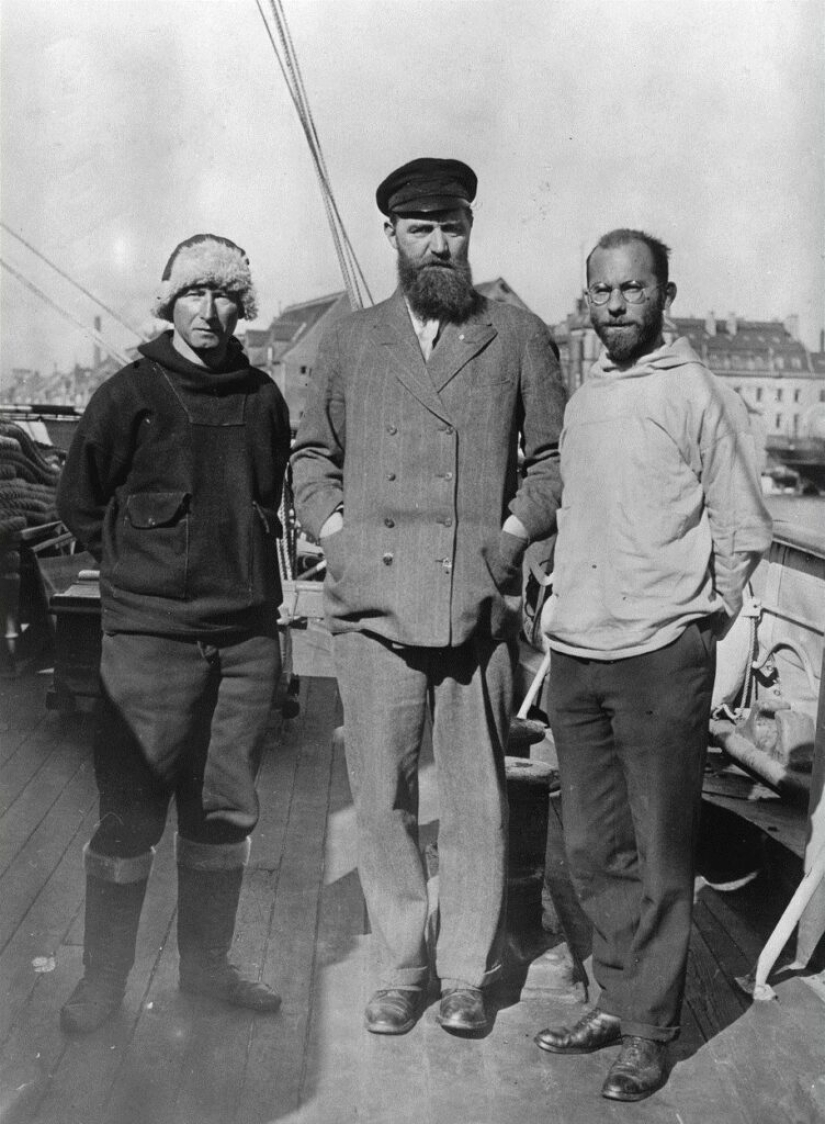
They condescended to an elderly bearded man who walked on a piece of wood. It was their mistake, because Freuchen is dangerous to underestimate. One day, just before the execution, the convoy did not find a one-legged partisan in his cell. He not only successfully escaped from the Gestapo prison, but also managed to cross to Sweden. Immediately after the war, the traveler moved to the United States and settled down to write books.
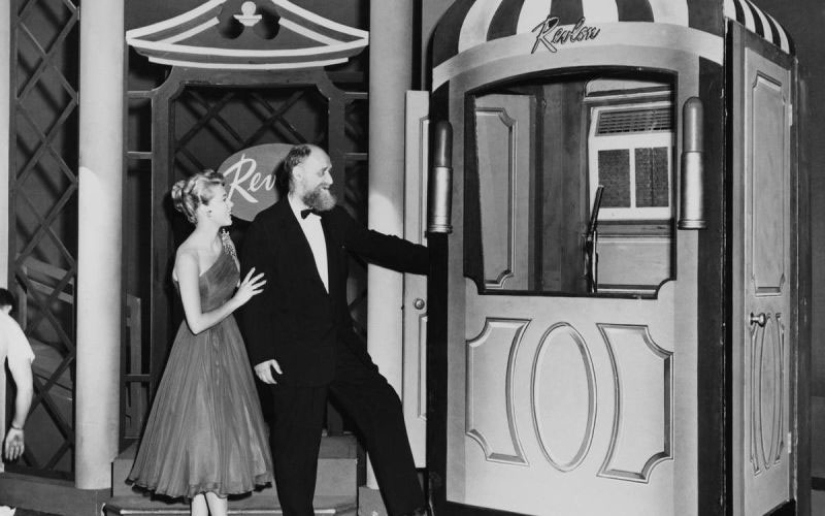
In 1956, the whole of America was talking about him. No, the citizens of the country did not suddenly become inflamed with love for the Inuit. It's just that Peter Freuchen took part in a quiz show and easily won 64 thousand dollars. This amount, taking into account inflation, is equivalent to 570 thousand dollars (34 million rubles) today. His rivals had almost no chances, because the quiz questions concerned the northern seas.
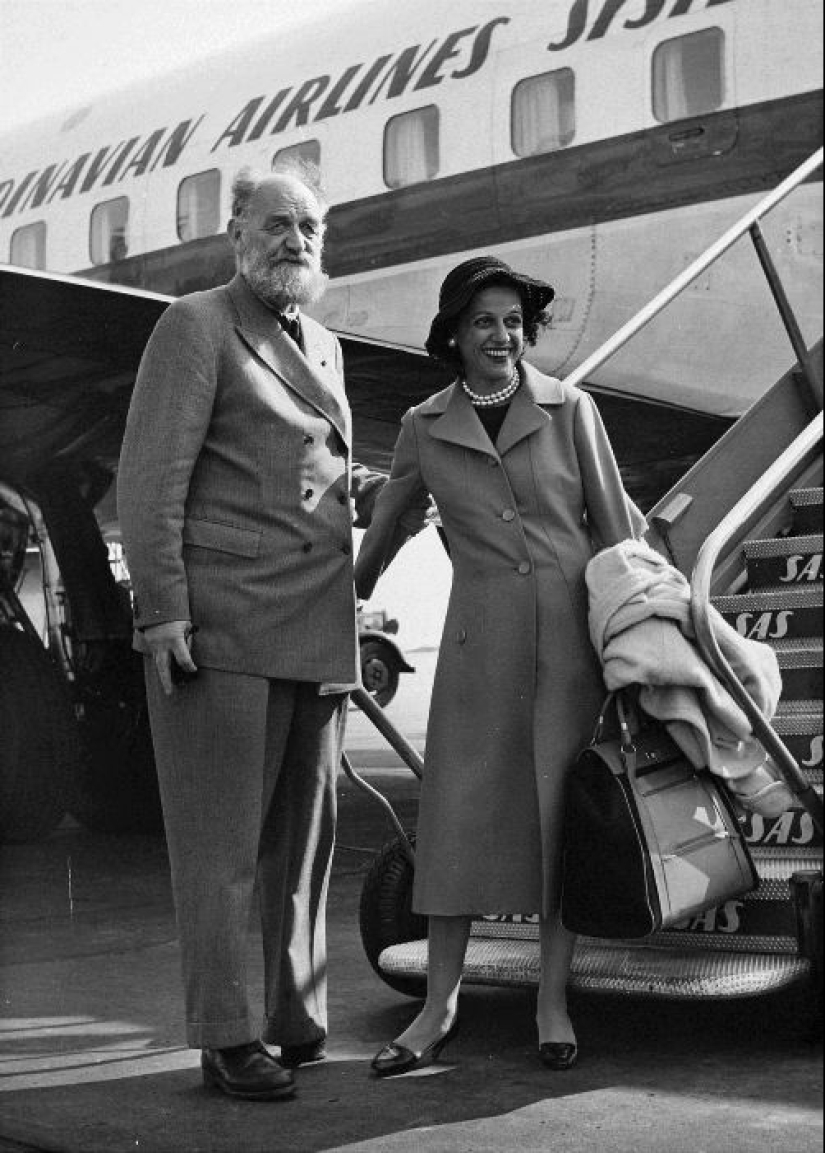
Freuchen met his 71st birthday cheerful and full of ideas. He was going on a new expedition, which took many months to prepare. Unfortunately, death had his own plans for the scientist and the trip did not take place. Peter Freuchen died of a heart attack in the arms of friends right at the ramp of the plane ready to take him from New York to Alaska. This happened on September 2, 1957.
As stated in the will, Freuchen's body was cremated, and the ashes were scattered in the area of the air base in Tula, Greenland. From this place the Dane traveled many times, from here he went on his last journey.
Recent articles

The period of the Civil war will forever remain in history as a time of anarchy, violence and destruction. This era has produced ...

Most of us loved as kids magic tricks, but someone loves them right now. However, the attitude to the hoax became a few others ...

When you are small, the world seems simpler and there are almost no barriers, and there are no unnecessary rules. Kids sincerely ...